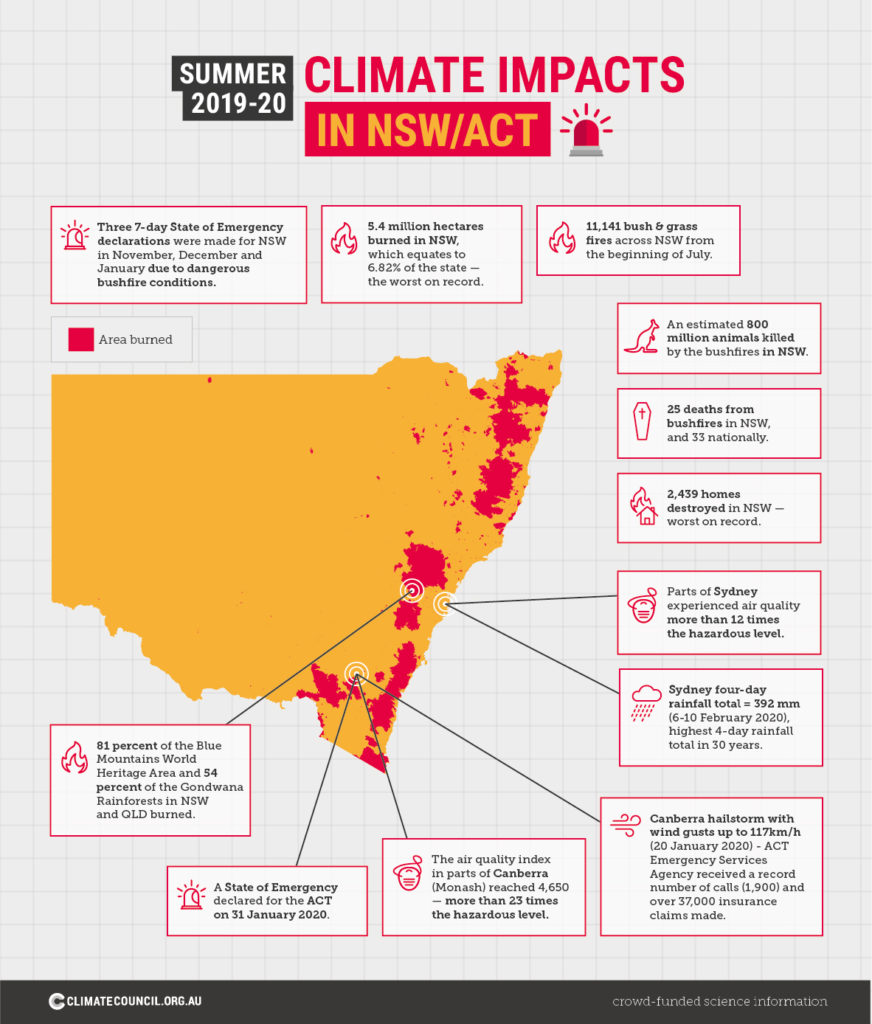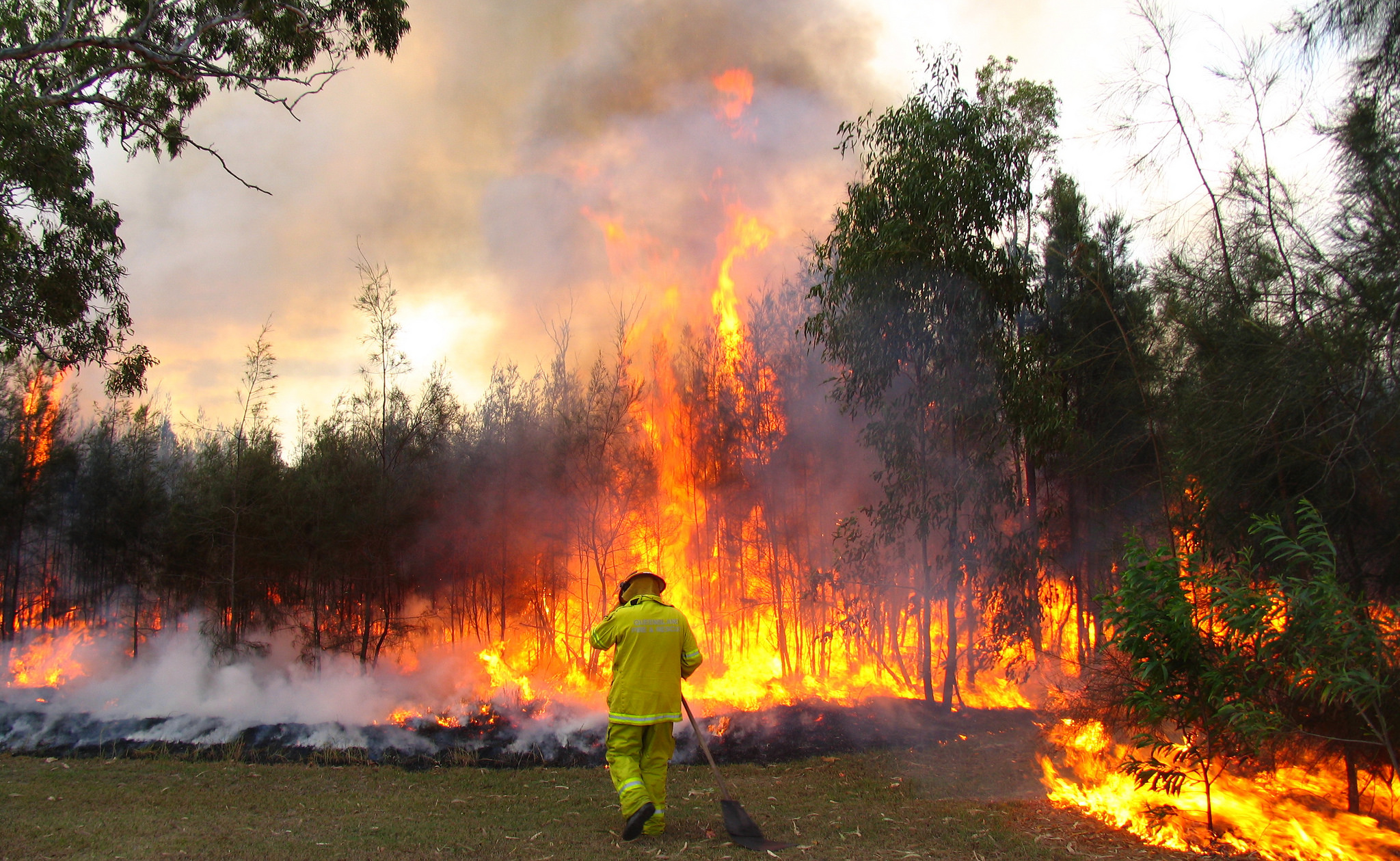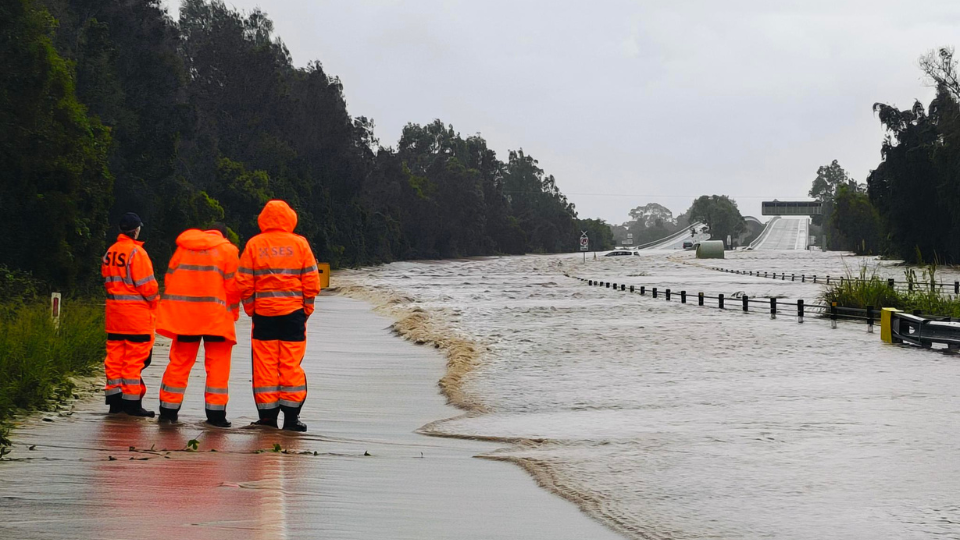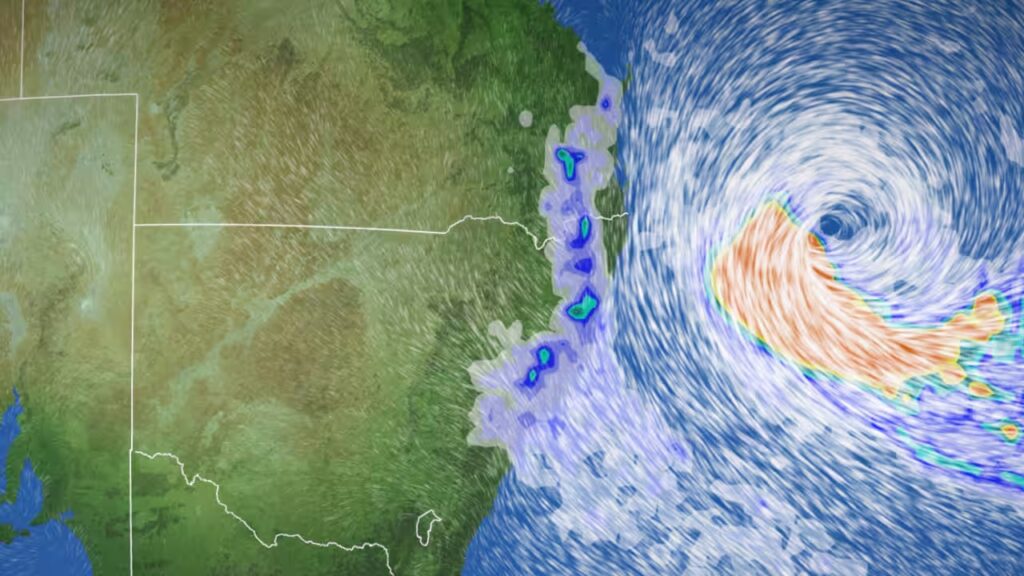Australia’s Black Summer of 2019-2020 was characterised by catastrophic bushfires. The bushfire season started in winter and was the worst on record for New South Wales in terms of its intensity, the area burned, and the number of properties lost. It was also the worst season on record for properties lost in Queensland.
The Summer of Crisis report is the first comprehensive overview of the devastating climate impacts Australians experienced this summer. It focuses on New South Wales and the Australian Capital Territory, because the effects of the bushfires were most severe in these areas, but we acknowledge that the bushfires affected Victoria, Queensland, South Australia, Western Australia and Tasmania.

Key Findings
1. Climate change fuelled Australia’s devastating Black Summer
- Extremely hot, dry conditions, underpinned by years of reduced rainfall and a severe drought, set the scene for this summer’s unprecedented fires.
- Cool season rainfall has declined in southeast Australia over the last two to three decades, while temperature records have been broken over and over. 2019 was Australia’s hottest, driest year on record. 2018-2019 was southeast Australia’s driest two-year period on record.
- The Australian fire season has lengthened in NSW, decreasing the ability of land managers to conduct hazard reduction burns and increasing the number of fire danger days.
2. Australia’s Black Summer was unprecedented in scale and harm. The bushfire season was the worst on record for New South Wales in terms of the scale of the bushfires, the number of properties lost and the amount of area burned.
- People and animals affected:
– Nearly 80 percent of Australians were affected either directly or indirectly by the bushfires. – One billion animals were killed by the bushfires, 800 million in NSW.
- Area burnt:
– The Gospers Mountain fire was the largest forest fire ever recorded in Australia, burning more than 500,000 hectares.
– This season’s fires were incredibly large in area, even compared to forests all around the world. Around 21 percent of Australian temperate broadleaf and mixed forests was burnt. The average annual area burnt for most continents, including Australia, is well below 5%, except for Africa and Asia, which have average annual areas burnt of 8-9%.
- Record breaking weather:
– Catastrophic fire danger ratings were experienced at locations and times of the year never before recorded.
– For the first time ever catastrophic fire conditions were forecast for Greater Sydney.
3. The bushfires are estimated to have spewed between 650 million and 1.2 billion tonnes of carbon dioxide into the atmosphere. That is equivalent to the annual emissions from commercial aircraft worldwide and is far higher than Australia’s annual emissions of around 531 million tonnes.
- The amount of carbon dioxide released by the bushfires is also more than the annual emissions of Germany.
4. Climate change events are becoming increasingly economically devastating.
- The tourism sector alone is set to lose at least $4.5 billion because of the bushfires. It is estimated that there was a 10-20 percent drop in international visitors booking holidays to Australia.
- The bushfire smoke that blanketed Sydney is estimated to have cost the city $12-50 million per day.
- More than 23,000 bushfire related insurance claims were lodged across New South Wales, Queensland, South Australia and Victoria between November and February, totalling an estimated value of $1.9 billion.
5. The summer of 2019-20 saw unprecedented climate impacts fuelled by the burning of coal, oil and gas.
- The hot, dry conditions that fuelled these fires will continue to worsen without substantial, concerted action to rapidly phase out coal, oil and gas.
- Australia urgently needs a plan to cut our domestic greenhouse gas emissions to net zero and to phase out fossil fuel exports because we are one of the world’s largest polluters.
- Taking action now will provide a chance to stabilise, then eventually reduce disaster risks for future generations.
- Clearly, what Australia does matters and the longer we delay, the harder the problem will be to solve. We simply cannot leave this mess for our children to try to fix.











